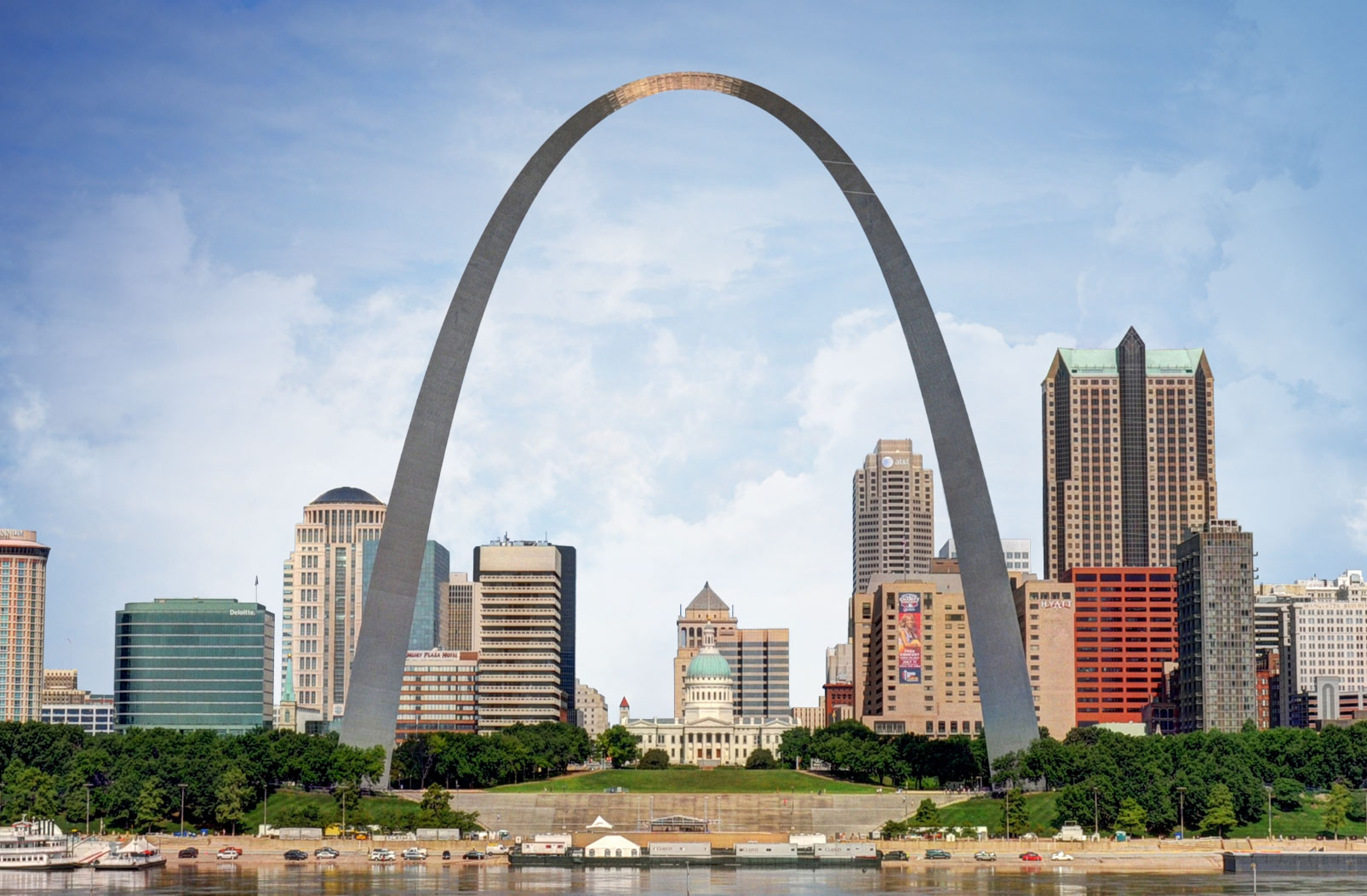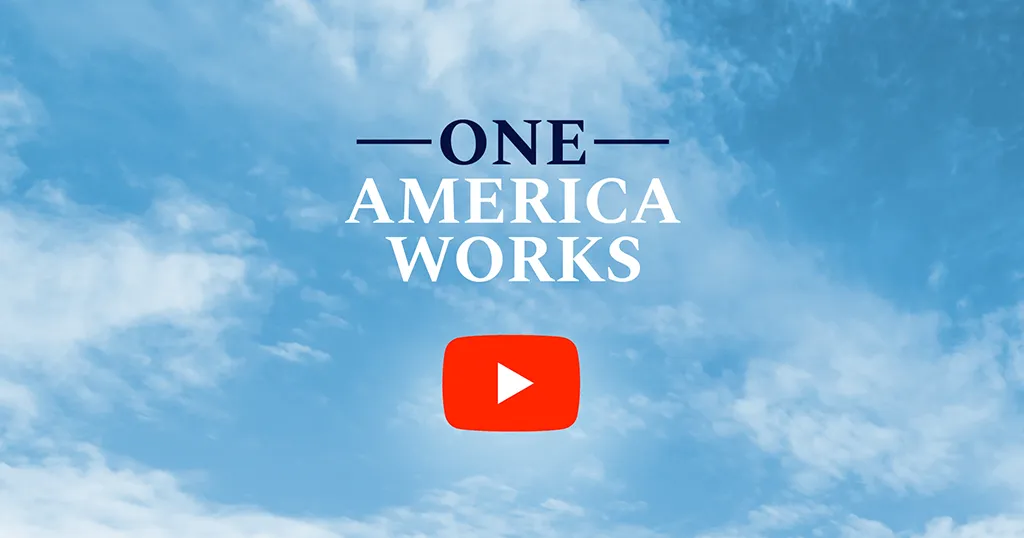Cities all over the Midwest and the country are going through changes, finding their unique identities amid an ever-changing, tech-focused economy. St. Louis is no exception to this trend and has created an environment ripe for innovation. The economy in this growing Missouri city is booming for businesses, entrepreneurs, tech workers, millenials, and more.
One sector that is seeing unprecedented growth and significant investment from the public and private sectors is geospatial technology. St. Louis is predicted to become a leader in geospatial technology, but this rise did not happen overnight. A few years ago, the National Geospatial Intelligence Agency announced a new headquarters in St. Louis. Now, there’s construction underway on an expansive 97-acre Next NGA West campus in the northern part of the city. Already, the rapidly growing sector is responsible for roughly 27,000 skilled jobs and nearly $5 billion of economic growth in the region.
Public officials, civic leaders, and business moguls have all bought into this notion and continued to attract investments and companies that have created a geospatial hub in Silicon Prairie.

All Things Geospatial
Geospatial technology is the “science of location” and is a rapidly growing field of technology. This is what operates everything from map data and guidance systems on mobile devices to weather radar for local forecasters. Apps like Uber, DoorDash, Yelp, Amazon, and even Starbucks rely heavily on the ability to create a user experience that works.
Using technology like Geographic Information System (GIS), Internet Mapping Technologies, Remote Sensing (RS), and Global Positioning System (GPS), geospatial technology allows for data to be collected and used for location analysis, map modeling, intelligence, and more. Retail, defense, environmental, logistics, and even healthcare industries benefit from geospatial technology. It makes so many parts of daily life possible and easy with its ability to understand spatial dimensions.
St. Louis grabbed on to a growing field just in time and is now at the center of technology that is changing the world as we know it. The innovation is only just beginning.
The NGA Investment Wave
When the National Geospatial Intelligence Agency decided to put roots down in St. Louis, it put the city in the unique position of being a global geospatial leader. The field is still emerging with public and private interests, so St. Louis recognized an opportunity for sizable economic growth and embraced the technological moment when competing for the new headquarters.
The investments did not stop with the federal government. Once some of the NGA offices were established, the start of a geospatial tech hub began to surface. Innovative companies like ESRI that are leading the industry were attracted to the area; even with a headquarters in California, its presence in St. Louis and the greater state of Missouri is growing. Additionally, Boundless, an open-source geospatial software firm, also moved to the Heartland from New York City in 2016.
It is important to note that there is valuable work happening behind the scenes. GeoFutures is a regional initiative with a group consisting of 29 business, civic, and academic leaders. Together, they are developing a cooperative plan to brand St. Louis as the go-to destination for geospatial technology companies and startups. With a shared vision and agreed-upon agenda, they can start to brainstorm solutions to the challenges ahead – like strengthening a skilled talent pool.
Power in Partnerships
There’s an energy in St. Louis that is hard to quantify. One that exudes entrepreneurship, creativity, innovation, and partnership. Attracting high-growth companies to the midwest poses a unique challenge and St. Louis is no exception. Many believe its recent success in the geospatial arena is due to partnership and a “shared understanding that businesses are stronger if they work together”.
One example of the power in collaboration is in higher education where St. Louis University and Washington University have joined together for COLLAB. Here, the universities will offer joint and separate programs for training in cybersecurity, entrepreneurship, information technology, and engineering management among other things. Filling the need for geospatial talent will be a central focus for COLLAB.
In an article, St. Louis Mayor Lyda Krewson wrote of the city’s recent successes in the geospatial intelligence space. She stated that, “all of this is happening because of the ecosystem we are developing. Our governmental, civic, economic development, business, academic and community leaders have all worked as one team with one mission. This work, quite frankly, should serve as a model for regional collaboration.” Without a commitment to partnership, the economic and social impacts of this work would be stifled. Working together makes the region stronger and is appealing to companies looking to be a part of a strong, inventive ecosystem.

Finding Success in Location & Community
Companies that are looking for a city that will offer economic advantages and opportunities for growth will love what St. Louis has to offer. Not all innovation is happening on the East or West Coast; Silicon Prairie in America’s Heartland is the next hot spot; it’s accessible, affordable, and cutting-edge.
St. Louis provides benefits like a high-quality, affordable housing stock. Residents can live in an urban apartment in the city or in a farmhouse on multiple acres of land and still have a reasonable commute. It also boasts a stock of resources for startups and growing companies. Being a mid-size city, it is big enough to make national and even international impacts in technology, but small enough to build partnerships and be a part of the community. Attracting and retaining talent is easier, too, with prominent higher education institutions and cultural draws like a vibrant restaurant scene and free museum attractions.
In the geospatial space, St. Louis has started to build out a strong network and community with industry leaders. This will only expand further in the next few years as the federal government continues its large investment and private companies follow suit.
Is St. Louis the right city for your company’s growth? Check us out and we can help: https://oneamericaworks.org/



